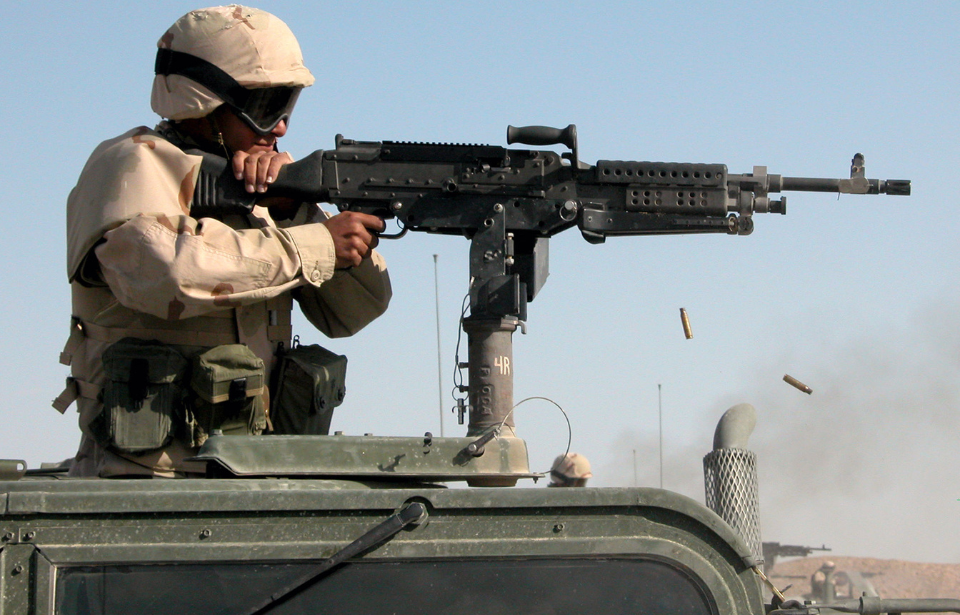The debut of the Maxim gun in 1884 caused a huge change in combat. Throughout the next hundred years, machine gun technology experienced a lot of progress. Some models were engineered to be lighter, enhancing infantry movement, while others stayed stationary or were adapted for use with vehicles to boost firepower. The M240 is a perfect example of this advancement, continuing to be an important operational tool in the United States and several NATO allies.
Design and development of the M240
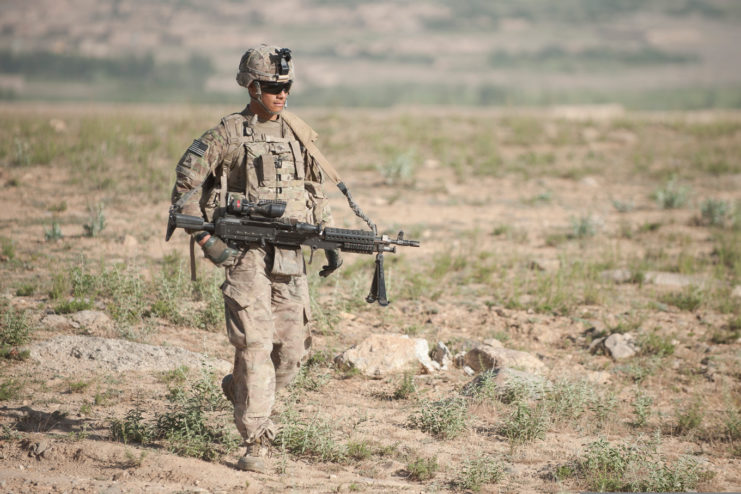
The M240, developed by the Belgian gunmaker Fabrique Nationale (FN) Herstal, was first introduced to the US Army in 1977 for tank use. Over the years, both the Army and the Marine Corps broadened its deployment due to its adaptable design.
This gas-operated medium machine gun features a belt feed system and is designed to fire the standard 7.62 x 51 mm NATO cartridge. It provides three adjustable firing rates: the initial setting fires at 650 to 750 rounds per minute, the second at 750 to 850 rounds per minute, and the third at 850 to 950 rounds per minute.
After extensive evaluations of metrics such as mean rounds before stoppage and mean rounds before failure, the US military chose to replace the M73 and its successor, the M219, with the M240. The M240’s exceptional performance in these tests was a main factor in its selection by the Army.
Adopted by branches of the US military
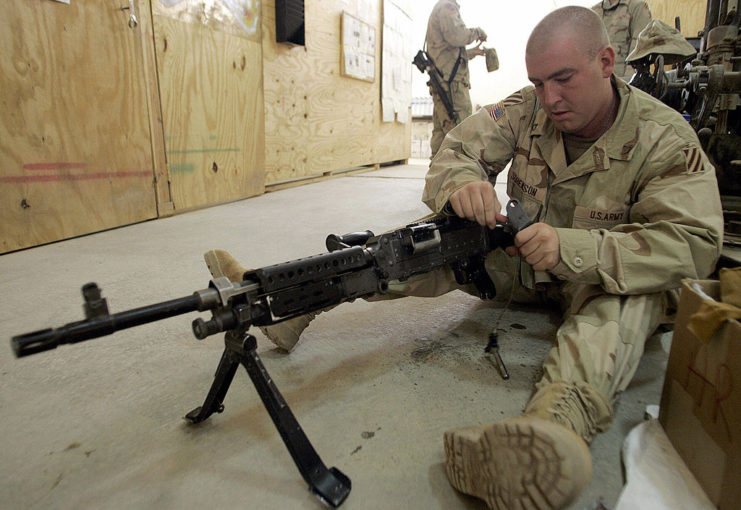
Though both the US Army and the Marine Corps use the M240, their methods are different. The former uses the firearm with an M192 Lightweight Ground Mount tripod (introduced in 2005), famous for its swift adjustments and lightweight design, making it easy to transport in the field.
In contrast, the Marines use a modern version of the famous M2 tripod. This newer version, the M122A1, enables field use with just one hand and can be equipped by various machine guns without requiring an adapter.
Use of the M240 in battle
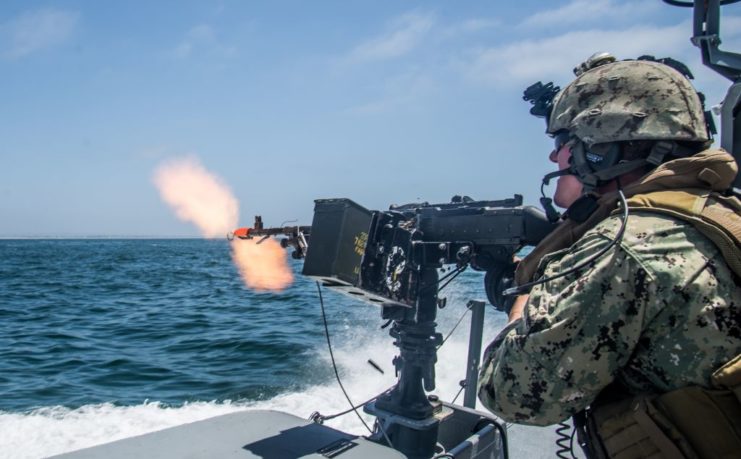
The M240 has been used by American soldiers in a number of different conflicts. The first was during the Gulf War. The weapon was also carried by infantrymen during the wars in Afghanistan and Iraq. Iraqi forces used the machine gun to fight against ISIL and ISIS.
The M240 has been carried by members of the Free Syrian Army throughout the Syrian Civil War. Units have been fitted onto technicals, which are improvised military vehicles created by fitting standard pick-up trucks or similar automobiles with military weapons, such as machine guns, anti-aircraft guns or a recoilless rifle.
Many other nations have equipped the M240

A number of other nations also use the M240. The Indonesian Army equipped the machine gun on its Leopard 2s, while Poland uses the weapon on its fleet of M1A2 Abrams. The Spanish Army Airmobile Force affixes the M240 to its Chinook helicopters. In 2017, the nation of Georgia began using M240s, rather than Russian-made guns, while in 2021, the Joint United States Military Assistance Group provided models to the Philippines.
The Americans and NATO have also provided M240s to armies looking to protect themselves. The Iraqis were given them to aid in their fight against groups like the Taliban, and Ukraine has been provided with an undisclosed number to fight against the ongoing Russian invasion.
There are a number of variants
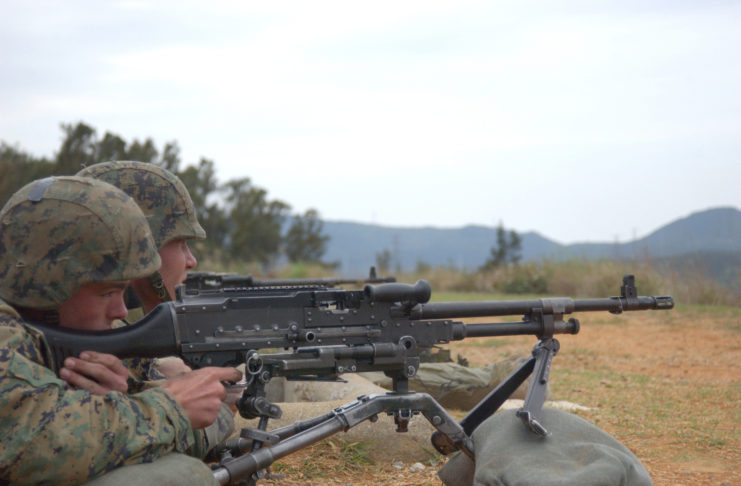
Since its debut, there have been many versions of the M240 developed. The M240E1 is used by the Marines to mount on the likes of the LAV-25, and the service also uses the M240B as its standard medium-sized infantry machine gun. The “B” variant is also used by the US Coast Guard.
The M240L can be more easily carried. Rather than being built from steel, it’s produced from titanium, making it 18 percent lighter than the standard model. The only drawback is that it takes longer to produce and has to have extra protections added to defend against the weather.
More from us: The XM204 Top Attack Munition Could Replace Landmines on the Battlefield
New! Want to become a trivia master? Sign up for our War History Fact of the Day newsletter!
There’s also the Barrett 240LW machine gun, made using the M240’s specifications, but aimed toward making it significantly lighter. Arms maker Barrett was able to reduce the weight through the use of different materials and through more efficiently manufacturing the gun. A shortened version, the Barrett 240LWS, was also developed.
